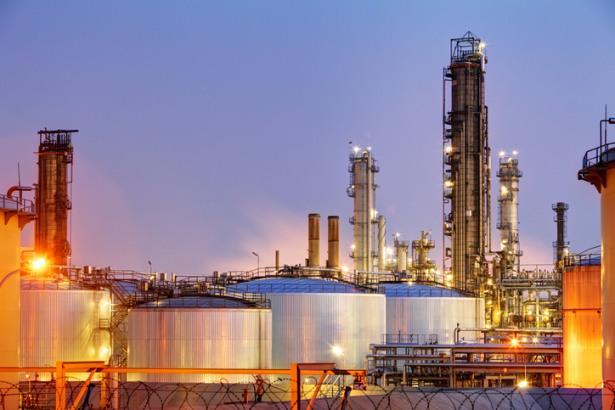Discover more about natural gas – including where it comes from, how it is produced and the various ways in which we use it every day.
What is natural gas?
Natural gas is a naturally occurring mixture of gases, mainly methane. It is formed when layers of decomposing plant and animal matter are exposed to intense heat and pressure under the surface of the Earth over millions of years.
Where is it found?
Natural gas is found in rock formations, sometimes on its own and sometimes alongside oil. Some deposits are relatively easy to extract, while others are trapped kilometres beneath the Earth’s surface.
How is natural gas produced?
How is natural gas produced?
Natural gas is often found in huge reservoirs called sedimentary basins. To gain access to these reservoirs, a hole or well is drilled through the rock to allow the gas to escape and be collected. Natural gas is most commonly extracted by drilling vertically from the Earth’s surface.
What is shale gas and tight gas?
Shale gas is natural gas that is trapped within shale formations of rock. The rock is impermeable, meaning liquids cannot pass through, which makes it harder to extract. Tight gas is held in rock pores 20,000 times narrower than a human hair. A special technique, known as hydraulic fracturing, is needed to extract it.
What is fracking?
A technique known as hydraulic fracturing or fracking is used to break open rock and release natural gas. This involves pumping fluids into the well at high pressure. The fluids are made up of around 99% sand and water, with 1% chemicals added to help the gas flow more freely. Hydraulic fracturing typically takes place a kilometre or more (thousands of feet) below drinking water supplies. Concrete and steel barriers are inserted into the wells to prevent any drilling or fracturing fluids from entering local water supplies.

What is the environmental impact of natural gas?
Natural gas is the cleanest-burning hydrocarbon. Natural gas emits between 45% and 55% lower greenhouse gas emissions than coal when used to generate electricity, according to IEA data. Compared to coal-fired power plants, modern natural gas-fired power plants emit less than one-tenth of the pollutants. However, natural gas consists mainly of methane, a potent greenhouse gas with a higher impact on global warming than carbon dioxide

